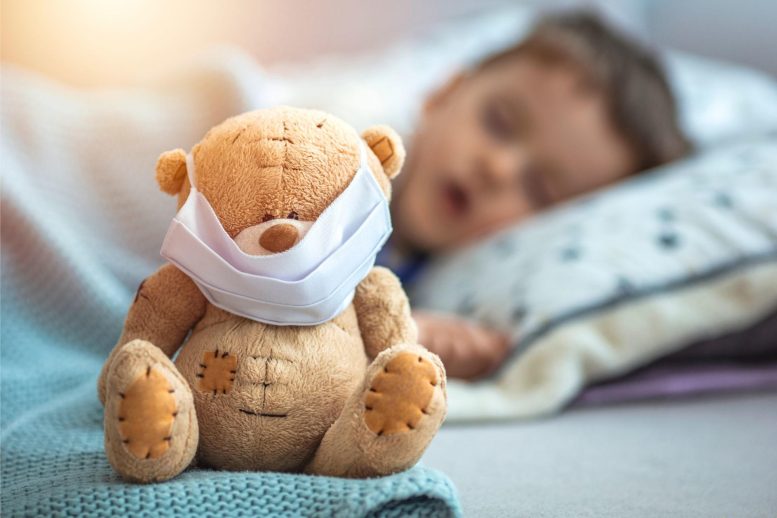
Langerhans’ Cell Histiocytosis (LCH) is a rare, cancer-like disease that affects cells called Langerhans cells. These cells are found in the skin, bone, and other organs, and play a key role in the immune system. In LCH, these cells become abnormal and form tumors in various parts of the body.
Scientists from Karolinska Institutet, in collaboration with Karolinska University Hospital, have uncovered the root cause of Langerhans cell histiocytosis. These groundbreaking findings, published in the journal Science Immunology, could pave the way for new, targeted treatments for LCH patients.
LCH, or Langerhans’ Cell Histiocytosis, is a serious and potentially fatal disease that primarily affects children. On average, 5-10 children in Sweden are diagnosed with LCH annually, most commonly before the age of 10.
LCH is a disease in which cancerous mutations occur in immune cells, which typically play a role in detecting and eliminating cancer cells.
“The origin of the LCH cells has been discussed for decades. Some researchers are convinced that LCH is derived from a certain type of immune cell called dendritic cells, while others believe that they come from related cells called monocytes,” says Egle Kvedaraite, a doctor and researcher at the Department of Medical Biochemistry and Biophysics at Karolinska Institutet and first author of the new study.
The researchers from Karolinska Institutet together with scientists from Singapore Immunology Network and Newcastle University have now been able to show that both theories are close to the truth. The researchers combined so-called single-cell sequencing, the microscopy of samples, and the tracking of cells from patients recruited from, among others, Karolinska University Hospital.
They discovered that mutated LCH cells had properties similar to both monocytes and dendritic cells, as well as a relatively newly discovered type of dendritic cell, the so-called dendritic cell type 3 (DC3).
“Today we know that DC3 has a separate pathway of development, separate from other dendritic cells and monocytes, and knowledge of this was crucial in our study,” says Egle Kvedaraite.
Researchers discovered that the different cell types could communicate with each other to promote the development of LCH and thereby create a self-reinforcing effect.
“Among the treatment options for LCH, targeted therapy can be successfully applied, but the disease comes back when the targeted treatment is discontinued. This poses a serious challenge for patients, as a lifelong treatment for children is not a good option given the side effects,” says Egle Kvedaraite.
This new understanding of the origin of this type of cancer has the potential to contribute to the development of new targeted treatments.
“The findings could lead to a treatment aimed at eliminating the pathological cells,” says Egle Kvedaraite.
Reference: “Notch-dependent cooperativity between myeloid lineages promotes Langerhans cell histiocytosis pathology” by Egle Kvedaraite, Paul Milne, Ahad Khalilnezhad, Marion Chevrier, Raman Sethi, Hong Kai Lee, Daniel W. Hagey, Tatiana von Bahr Greenwood, Natalia Mouratidou, Martin Jädersten, Nicole Yee Shin Lee, Lara Minnerup, Yingrou Tan, Charles-Antoine Dutertre, Nathan Benac, You Yi Hwang, Josephine Lum, Amos Hong Pheng Loh, Jessica Jansson, Karen Wei Weng Teng, Shabnam Khalilnezhad, Weili Xu, Anastasia Resteu, Hong Liang Tey, Ng Lai Guan, Anis Larbi, Shanshan Wu Howland, Henrik Arnell, Samir E. L. Andaloussi, Jorge Braier, Georgios Rassidakis, Laura Galluzzo, Andrzej Dzionek, Jan-Inge Henter, Jinmiao Chen, Matthew Collin and Florent Ginhoux, 16 December 2022, Science Immunology.
DOI: 10.1126/sciimmunol.add3330
The study was funded by the Erik and Edith Fernström Foundation for Medical Research, the Swedish Childhood Cancer Foundation, the Histiocytosis Association, the VIVA Foundation for children with cancer, the Wellcome Trust, the CRUK Biomarker Project, Histio UK and Bright Red.


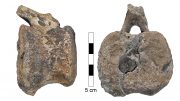
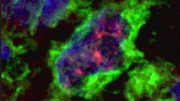
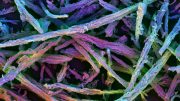
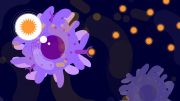
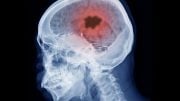
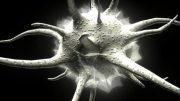
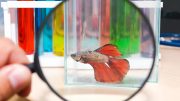
That’s lovely. A well-written article, explaining what’s been done, with new potential to really improve children’s lives. It’s a press release from mid-December, but the writing style has been upgraded for an educated audience, from “get the disease” to “diagnosed with”, “every year” to “annually”, and clarifying phrases such as from “which otherwise have the task of” to “which typically play a role in”. I appreciate that, and the real science, and the good news.